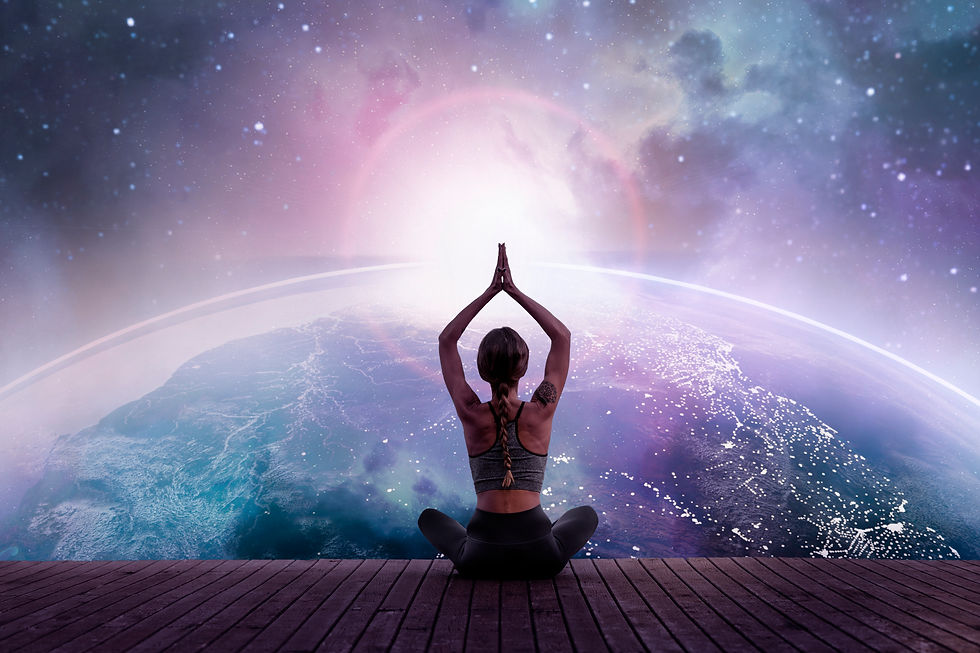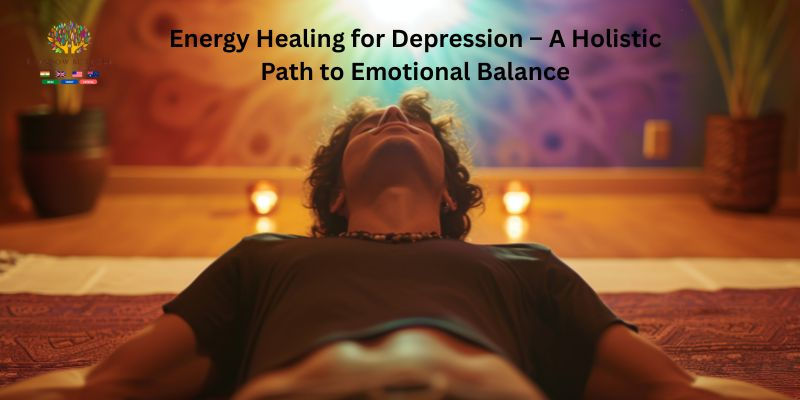Finding Calm: Reiki Healing for Anxiety and Depression
- therainbowmiracle1
- Oct 1
- 3 min read

Anxiety and depression can often feel like invisible weights, quietly draining energy and joy. While therapy and medication are common tools, more people today are turning toward holistic methods like energy healing for depression. Reiki, a gentle practice rooted in Japanese tradition, is emerging as a calming ally for those seeking emotional balance.
What Exactly Is Reiki?
Reiki is a form of energy healing that works on the principle that life force energy flows through all living beings. When this flow is disrupted, people may feel mentally drained or physically unwell. A Reiki practitioner channels universal energy through their hands, helping to clear blockages and restore balance. Many describe the experience as deeply relaxing, almost like a reset button for the mind and body.
Why Reiki for Anxiety and Depression?
Anxiety often manifests as restlessness, worry, or a racing mind, while depression may bring heavy emotions, fatigue, or lack of motivation. Reiki does not “cure” these conditions in a medical sense, but it provides a safe, nurturing environment where stress softens, and emotional clarity can re-emerge. Interestingly, research suggests that Reiki sessions can reduce stress hormones and enhance feelings of well-being (NIH).
Benefits You Might Notice
Deep relaxation that soothes overactive thoughts.
Improved sleep quality by calming the nervous system.
Emotional release, often helping people process stuck feelings.
A subtle lift in mood, creating space for positivity.
How Reiki Sessions Work
A typical session involves lying fully clothed on a table while the practitioner lightly places their hands on or just above your body. You may feel warmth, tingling, or simply a wave of calmness. Each session usually lasts 45–60 minutes, but even shorter sessions can bring noticeable shifts in mood and energy.
What Makes Reiki Unique?
Unlike talk therapy, Reiki does not require verbalizing your struggles. This makes it especially helpful for people who find it hard to articulate their emotions. It is also complementary-meaning you can practice Reiki alongside traditional treatments without interference.
Integrating Reiki Into Your Wellness Journey
Reiki works best when viewed as part of a broader self-care plan. Consider combining it with therapy, meditation, or physical activity to support long-term mental health. Think of it as one spoke in a wheel of balance rather than a standalone solution.
Tips for Getting the Most Out of Reiki
Set an intention: Before each session, reflect on what you’d like to release or invite in.
Stay open-minded: Reiki experiences vary—some feel intense shifts, while others notice gentle improvements over time.
Consistency matters: Regular sessions often deepen the benefits.
Reiki’s Growing Place in Mental Health
Hospitals and wellness centers worldwide are beginning to integrate Reiki as a complementary therapy. According to the Cleveland Clinic, patients often report reduced pain and anxiety after sessions (Cleveland Clinic). This wider recognition shows how holistic approaches are being valued alongside traditional medicine.
FAQs About Reiki Healing for Anxiety and Depression
Is Reiki a substitute for therapy or medication?
No. Reiki complements traditional treatments but should not replace professional medical care. It works best as a supportive practice.
How many sessions do I need to feel results?
Some people feel lighter after one session, while others benefit from consistent practice over weeks or months.
Can I learn Reiki for self-healing?
Yes! Many people train in Reiki to practice self-care at home. Learning even the basics can help you manage daily stress.
Are there any risks with Reiki?
Reiki is considered safe, with no known side effects. The biggest “risk” is that you may simply feel more relaxed than expected.
Final Thoughts
Anxiety and depression may not vanish overnight, but Reiki offers a gentle, non-invasive way to find moments of peace amid the storm. By inviting balance back into the mind-body connection, this practice can be a quiet yet powerful ally on the journey to emotional healing.



Comments